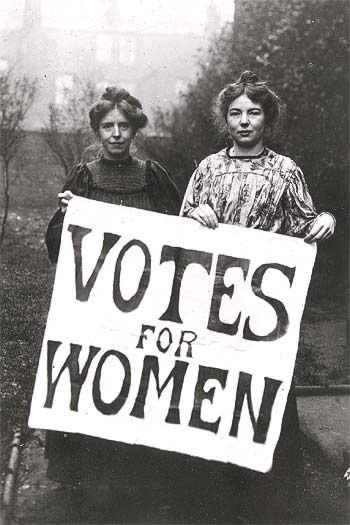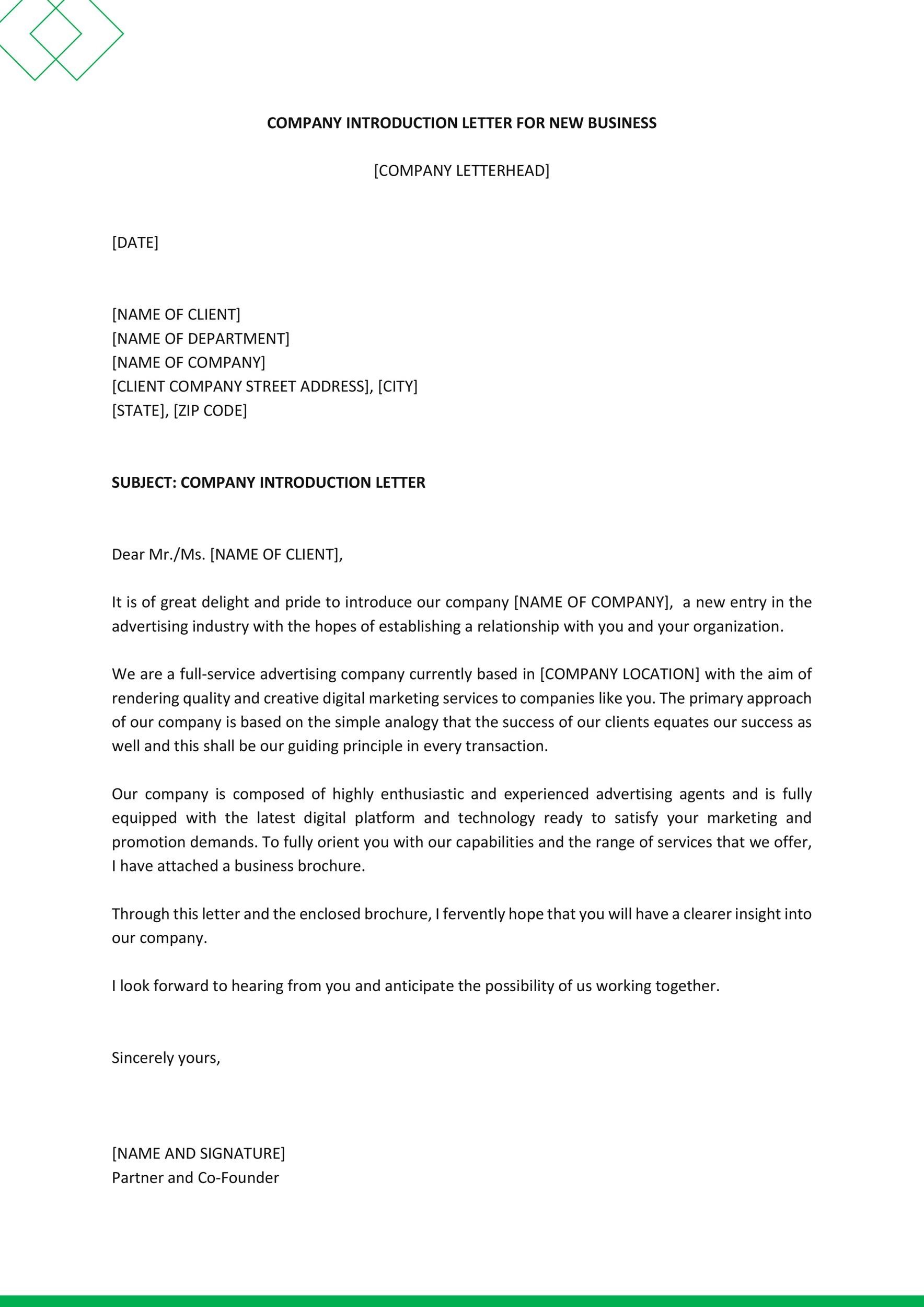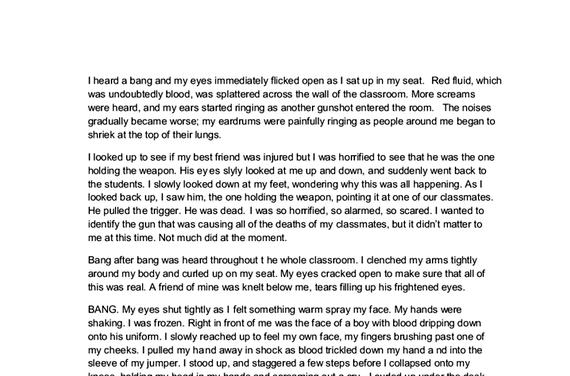Acute Stress Disorder Clinical Presentation: History.
This case study describes Cognitive Processing Therapy (CPT) with a 30-year-old gay man with symptoms of acute stress disorder (ASD) following a recent homophobic assault. Treatment addressed assault-related posttraumatic stress disorder symptoms and depressive symptoms.
Case A Kyla is a postgraduate psychology student with acute anxiety disorder. She developed this at the end of her second year of undergraduate studies. As a consequence her impairment didn’t have an impact on her choice to study psychology, and she chose not to disclose it to her university.

However, one study found that after a traumatic car accident, between 8 to 24% of children and adolescents met the criteria for acute stress disorder, whereas between 21 to 23.6% of adults will develop acute stress disorder after a trauma.

Acute Stress Disorder. Acute stress disorder can develop following a person’s exposure to one or more traumatic events. Symptoms may develop after an individual either experiences firsthand or witnesses a disturbing event involving a threat of or actual death, serious injury, or physical or sexual violation.

Tests and Procedures Acute stress disorder (ASD) is a clinical diagnosis based on history and physical without a diagnostic laboratory test. Screen for exposure to traumatic event considering the nature of the event and the patient’s response. Identify comorbidities; rule out other explanations for symptoms.

Acute Stress Disorder People who experience an event that puts them in fear for their life may develop one of two conditions: post-traumatic stress disorder (PTSD) and acute stress disorder (ASD). In contrast to PTSD, the symptoms of acute stress disorder are generally limited to one month.

Diagnostic Reasoning: A Case Analysis of Acute Stress Disorder Through the application of standard diagnostic criteria and the use of diagnostic reasoning we aim to develop a better understanding of the strengths and limitations of classification systems and the methods used to define psychopathology.

Acute stress disorder can develop following a person’s exposure to one or more traumatic events. Symptoms may develop after an individual either experiences firsthand or witnesses a disturbing.

Acute stress disorder (ASD, also known as acute stress reaction, psychological shock, mental shock, or simply shock) is a psychological response to a terrifying, traumatic, or surprising experience. Acute stress disorder is not fatal, but it may bring about delayed stress reactions (better known as Post-Traumatic Stress Disorder or PTSD) if not correctly addressed.

Post-Traumatic Stress Disorder Definition. PTSD is a serious disorder that results from exposure to a traumatic event. The concept was formulated during the Vietnam War. An event is considered traumatic if it is extreme, death threatening or causes serious injury, and the response involves severe fear, helplessness and horror.

Acute stress disorder (ASD) is a relatively recent diagnosis, and has attracted its share of controversy since its introduction. This review outlines the introduction of the ASD diagnosis, reviews the evidence for the incidence of ASD and the capacity of the diagnosis to predict posttraumatic stress disorder (PTSD), explains changes to the ASD diagnosis in the fifth edition of the Diagnostic.

Read our case studies on posttraumatic stress disorder from our Amen Clinics archives. Take better care of your brain and learn how with the help of our professionals, supported by various case studies at Amen Clinics. Read the latest studies here. To learn more call us today at 855-978-1374.

Acute Stress Disorder Criterion B B. Presence of nine (or more) of the following symptoms from any of the five categories of intrusion, negative mood, dissociation, avoidance, and arousal, beginning or worsening after the traumatic event occurred.


